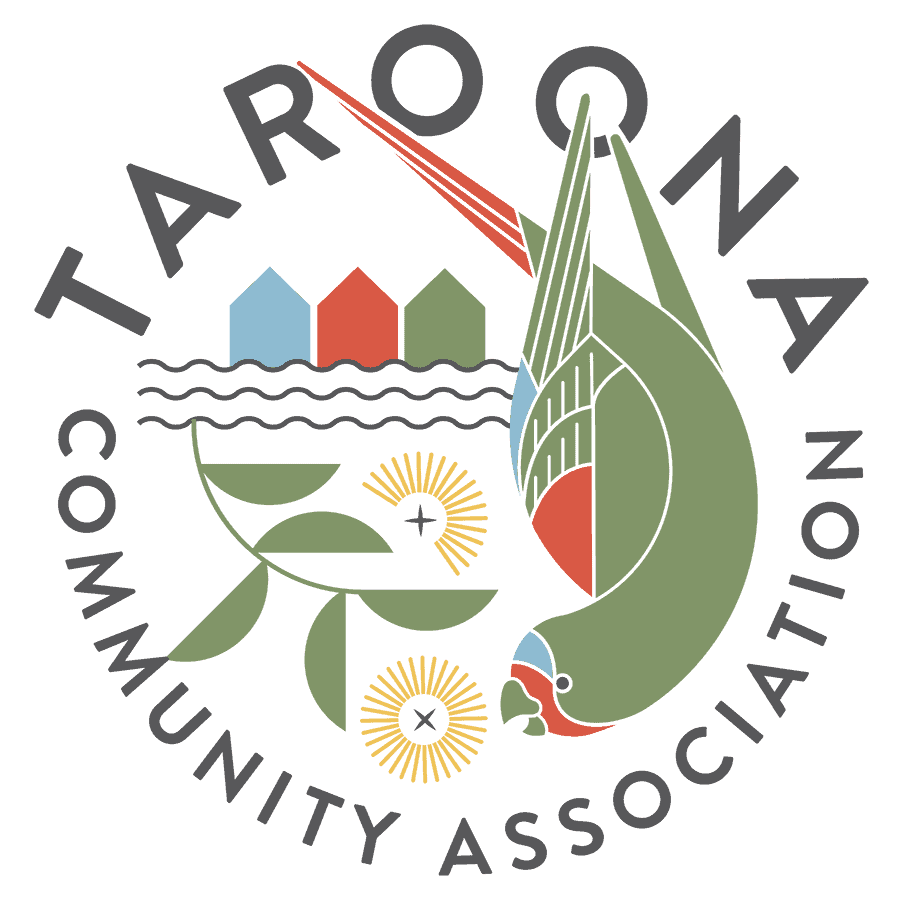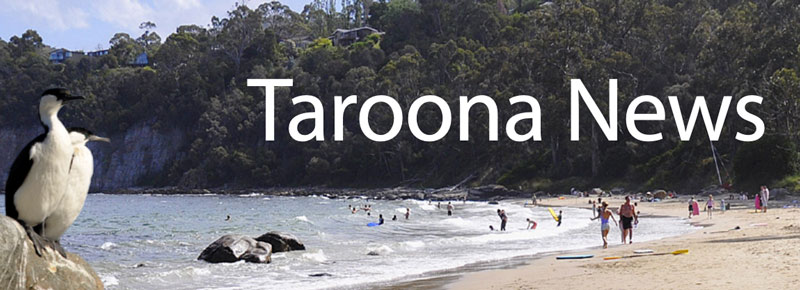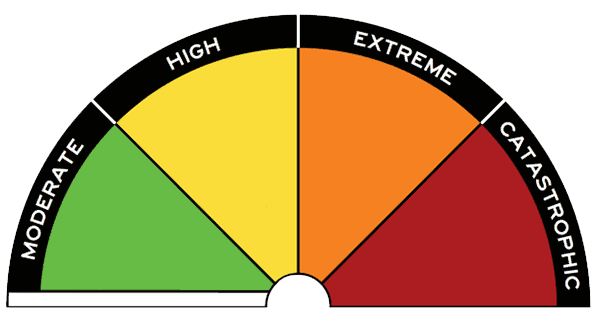The muwinina
In the early 1800s, at the time of European arrival, Taroona was the territory of the muwinina, one of four bands of the South East nation of Aboriginal Tasmanians. According to early European records, they numbered about 80 people.
The muwinina camped on headlands and in sheltered coves, close to animal and plant food sources. From the sea they harvested shellfish including oysters, mussels, abalone and crayfish.
On land, the men hunted for mammals, such as wallabies, pademelons, bandicoots and possums, while the women gathered a great variety of plants, not only for food, but also for many other purposes. Various plants were used for medicine, while grass fibres were collected for basket weaving.
Bull kelp was fashioned into containers for carrying water and tree bark became canoes. Weapons and digging tools were also crafted from wood using stone tools.
The muwinina regularly burnt sections of bushland to encourage succulent young growth, both food for themselves and a lure for game animals. In the open forest behind the beach they built windbreak shelters from pliable branches interwoven with bark or grass.
Living in Tasmania for many thousands of years, and along this river’s edge for around six thousand years (since sea level stabilised at its present height), Aboriginal people developed an intimate connection with the land, including a great knowledge of each plant and what it offered them.
The Europeans Arrive
The arrival of Europeans in the early 1800s tore apart the muwinina culture. Their lands were divided into parcels and awarded to European settlers.
Among the first Europeans to take up land in what is now the suburb of Taroona were many former convicts from Norfolk Island who were evacuated to Hobart in 1808. The muwinina people were steadily forced off their traditional lands as the bushland was cleared for wheat, potatoes and sheep.
After many thousands of years of Aboriginal occupation, in only 200 years the landscape has been transformed: from bushland to farmland to a garden suburb.
Today Taroona is a leafy suburb, with about 1500 households. Residents enjoy the coastal and bushland views, the foreshore track, the rocky shoreline and beaches, the cultural icon of the Shot Tower, and the convenience of proximity to the city of Hobart.
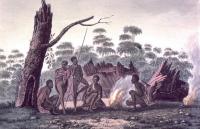
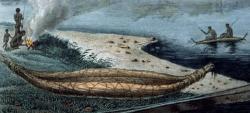
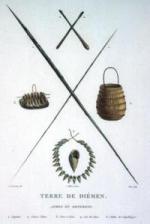
A Place of Significance
One of the most significant sites along Taroona’s foreshore is the Aboriginal living area on the high school’s headland. It is also one of the few living areas along the River Derwent that has not been built upon.
You can walk around the headland of the school and see midden material in the soil profile – shells, stone tools, animal bones and charcoal from campfires. In fact, a walk along Taroona’s entire coastal track will reveal the occasional scatter of shells where Aboriginal people once ate and camped. An interpretation panel on the school’s headland reveals more of the story of the muwinina.
The Taroona foreshore is also the resting place of James Batchelor who was buried at the northern end of Taroona Beach. His is the first known marked European grave in Tasmania. The backdrop to Taroona is the iconic Shot Tower.
……
Aboriginal content approved by The Tasmanian Aboriginal Land and Sea Council in 2007. This page was originally published on the TEN website, ten.org.au.
